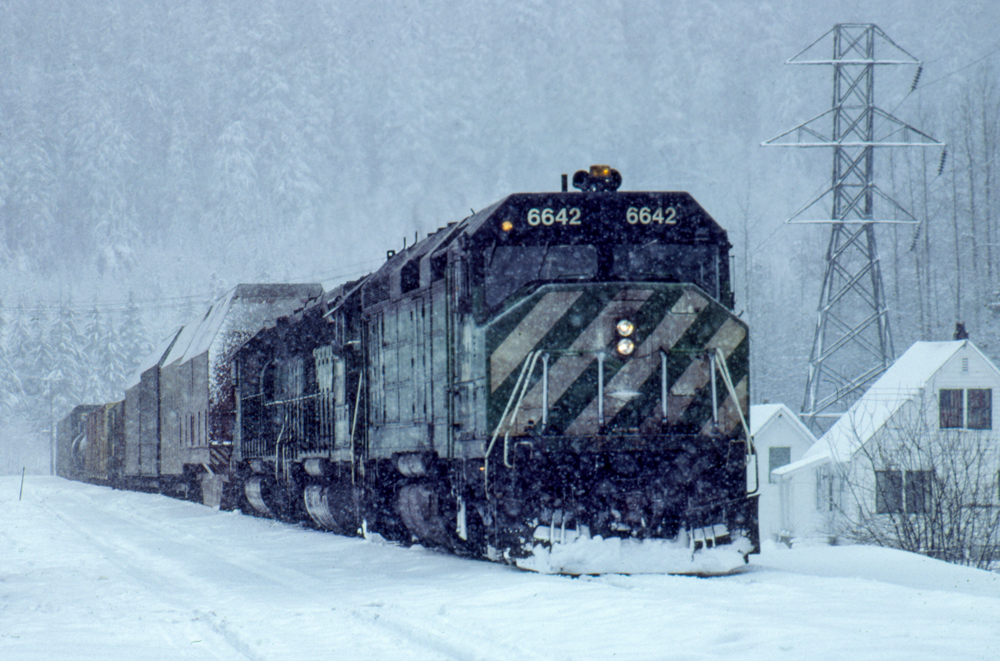
Them’s the breaks Late afternoon on Jan. 30, 2007, my conductor and I were called for the SSEALPC — a stack train from Seattle to Logistics Park, Elwood, Ill., a suburb of Chicago. Our train that day was FURX No. 8117 as the lead unit of six, trailing us were 63 loads, zero empties, 5,924 […]
Read More…
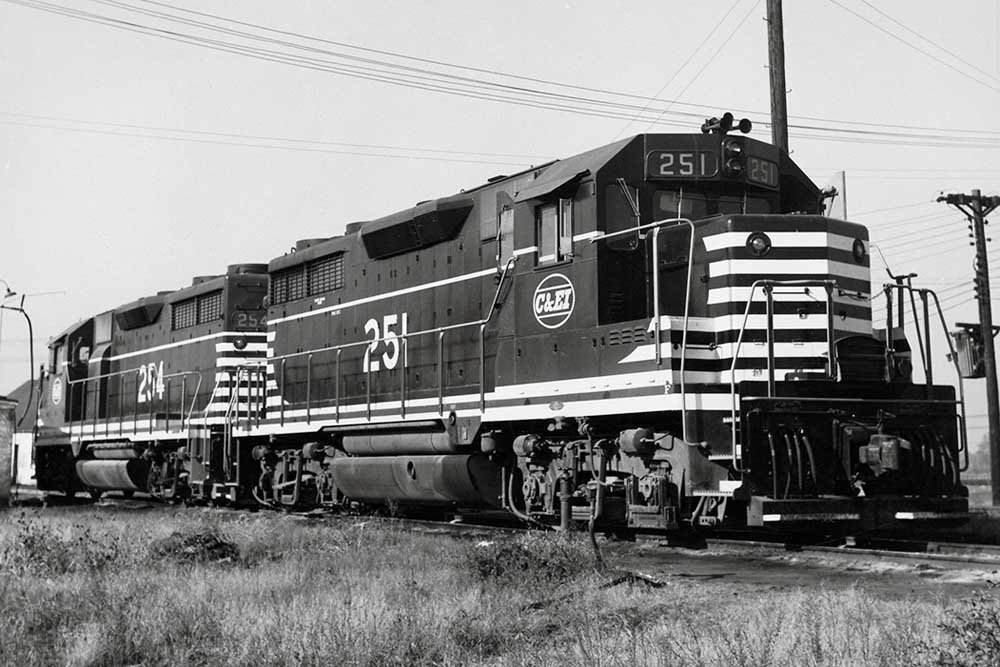
Chicago & Eastern Illinois locomotives served the road well through many decades of operation. C&EI was a coal-hauling railroad and, other than some early switchers, stuck with steam through World War II. Three E7s and a bunch of F3s made quick work of dieselizing the line from 1946 onward, with the last steam […]
Read More…
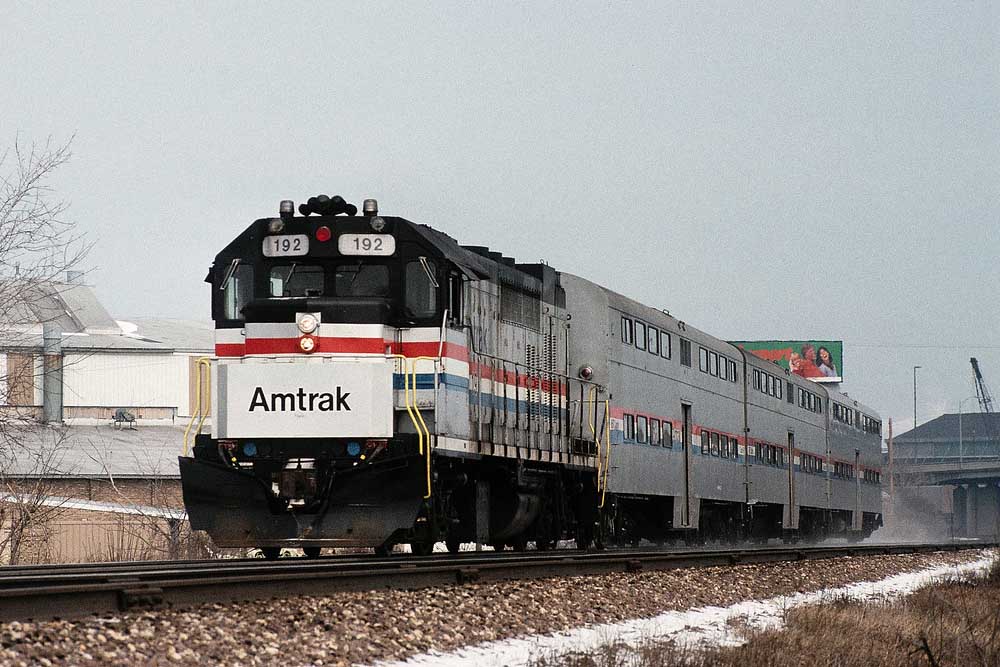
Amtrak GP40 diesel locomotives came in two flavors: eight former GO Transit GP40TCs acquired in October 1988 and 15 straight GP40s leased between May 1991 and June 1993. The 3,000 hp GP40 is a standard bearer of freight motive power in the second half of the 20th century. Introduced by EMD in 1968, the model […]
Read More…

Walking out the 15th Street side entrance to Detroit’s Michigan Central Station last Friday morning, I found myself channeling the great baseball play-by-play man Jack Buck. “I can’t believe what I just saw!” Buck’s epic quote came, of course, when Dodger Kirk Gibson launched his epic home run off A’s reliever Dennis Eckersley in game […]
Read More…
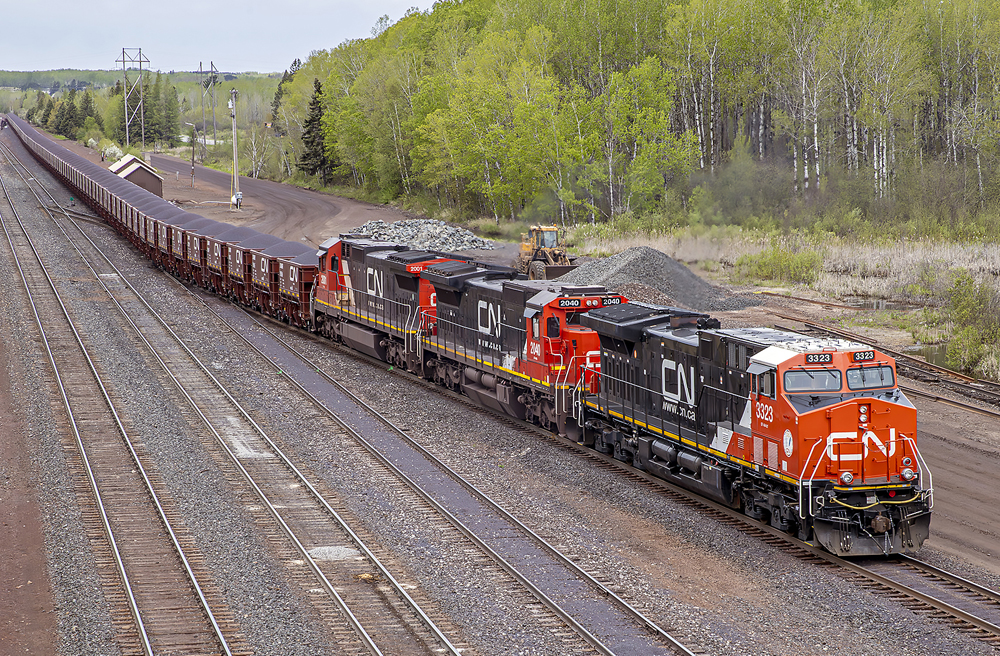
DC-to-AC rebuild During the middle of May, Canadian National tested its first modified DC-to-AC rebuild on an ore train in northern Minnesota. This is the first step to replacing a fleet of older General Electric locomotives that were built over three decades ago and currently handle the majority of the region’s ore. Canadian National’s Minnesota […]
Read More…

My first regular assignment as a brakeman on the Seaboard Coast Line Railroad in 1977 was one that no one else wanted. In accordance with my union’s working agreement, when a job could not be filled voluntarily, the most junior employee was “forced” to work it. The morning after being notified by the crew clerk, […]
Read More…
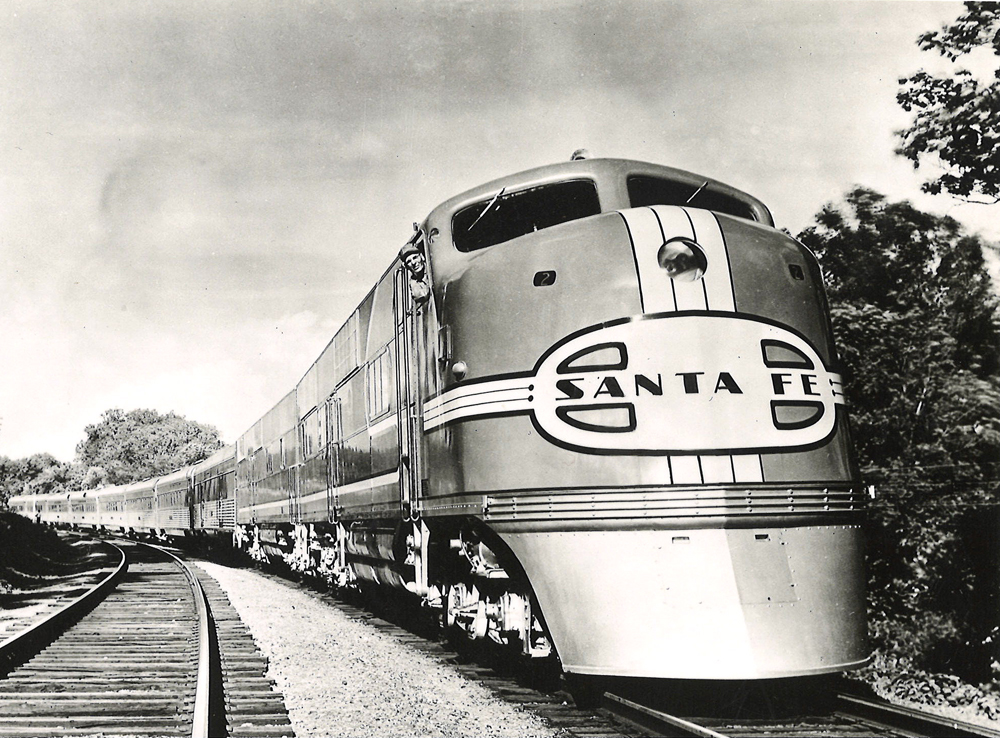
The Budd Co. and Chicago, Burlington & Quincy went hand in hand in building the streamlined Zephyr fleet, though the Midwestern railroad wasn’t the only customer to the car manufacturer. By 1941, the company produced nearly 500 stainless-steel passenger cars to more than a dozen railroads. The 1939 Silver Meteor and 1941 Empire State Express […]
Read More…
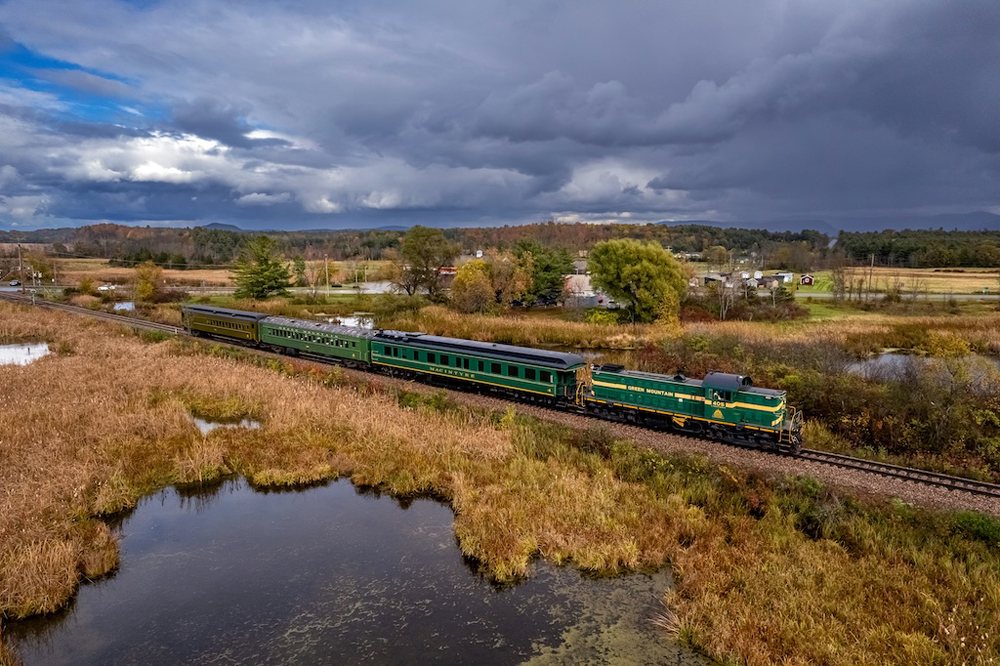
Vermont railroading The State of Vermont purchased 177 miles of the former Rutland Railroad in 1963, two years after the 400-mile railroad was abandoned. The newly formed Vermont Railway leased the 125 miles running north south between Bennington and Burlington, and a year later the Green Mountain Railroad leased 52 miles between Rutland and Bellows […]
Read More…
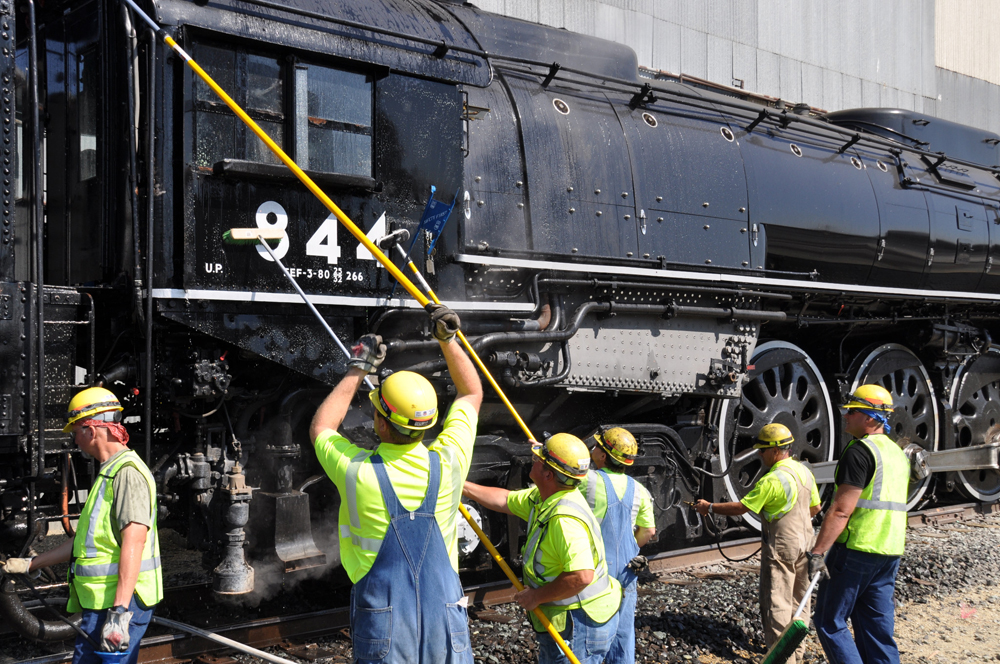
Union Pacific steam locomotive Every operating steam locomotive you see: Union Pacific No. 4014, Canadian Pacific No. 2816, NKP No. 756, Reading & Northern No. 2102, and many others all have one thing in common. They are always clean. It does not matter how large or small they are, how old they are, or what […]
Read More…
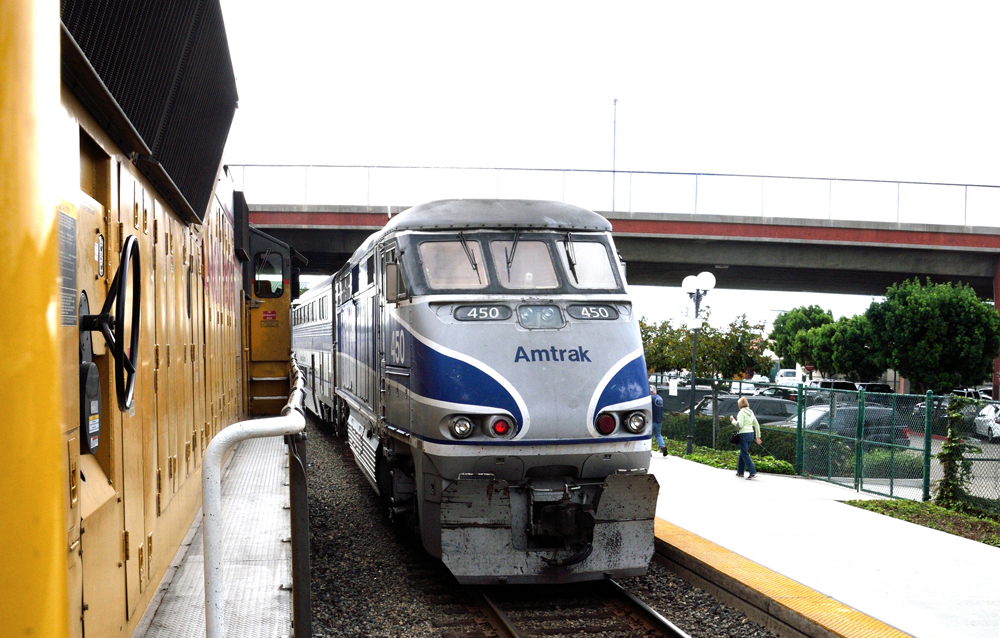
Here today, gone tomorrow A lack of diversity in locomotive models — and paint schemes — tends to give many of us a sense of complacency. Why go out of the way to watch and perhaps photograph trains that have always been there and seemingly always will? Except, as we have found out in the […]
Read More…
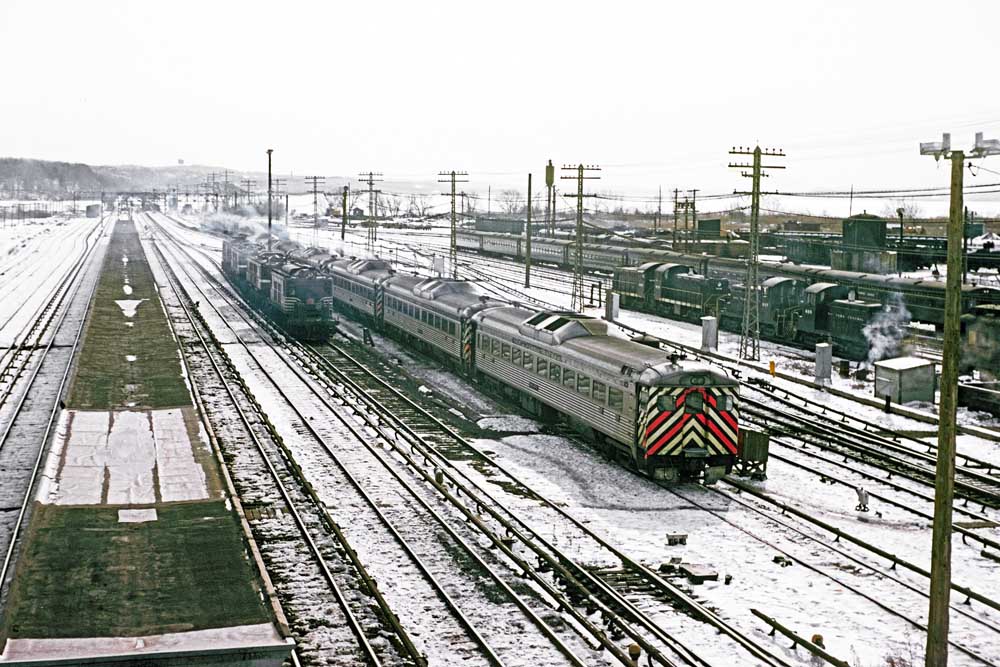
Like many other railfans back in the mid-1960s, I was shooting using black & white negative film essentially on an exclusive basis. Reasons for this included budget (color slide film and processing were more expensive than monochrome), camera quality issues (it turned out that my Argus C-3 could do a reasonably good job with […]
Read More…
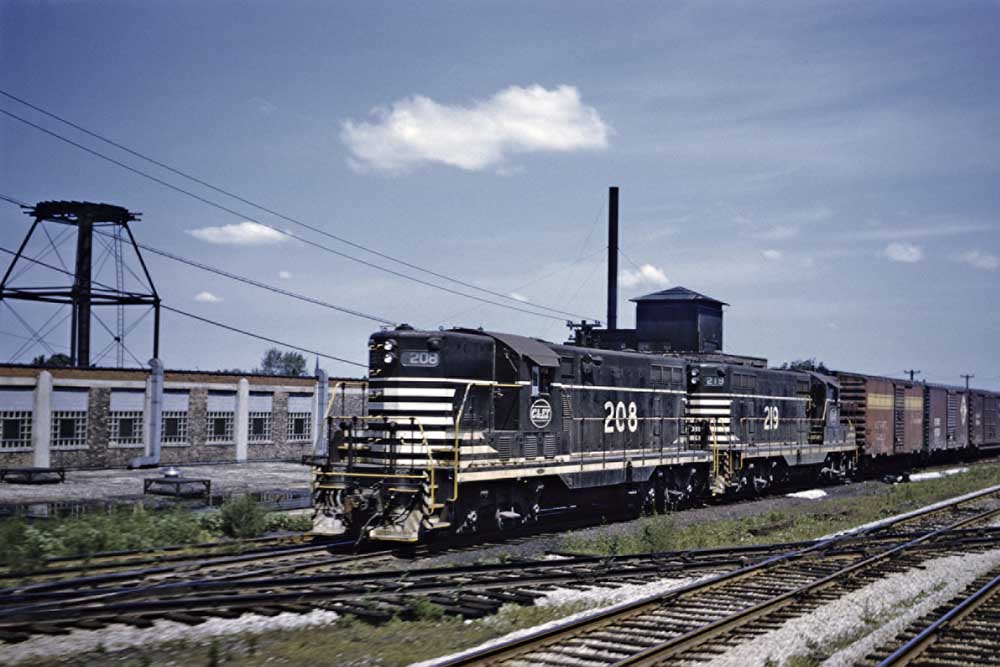
Chicago & Eastern Illinois history was special to those to watched the railroad firsthand. In the pantheon of great railroad names, “Chicago” was so often the magic word. Think of all the carriers with Chicago on their letterhead, railroads with thousands of miles on their system maps, railroads whose names imply vast, continental […]
Read More…












